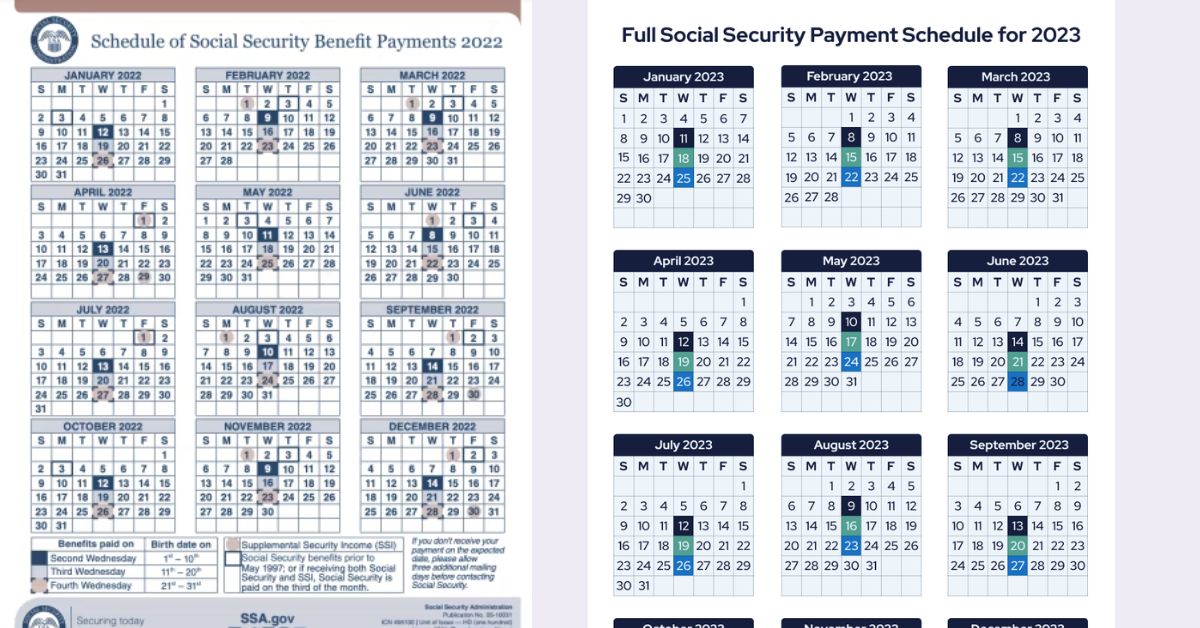Some Social Security recipients across the country will receive a double payment this month, as the Supplemental Security Income (SSI) payment for June has been brought forward to this week.
Why the Early Payment?
Typically, SSI monthly payments are issued on the first of each month. However, they can be rescheduled if the day falls on a weekend or a bank holiday. This year, June 1 falls on a Saturday. As a result, the SSI payment that would have been issued on that day will be sent on May 31 instead. This means that beneficiaries will receive two payments in the same month.
Upcoming Early Payment Dates

This adjustment is expected to happen three more times this year:
- August: The September 1 payment will be issued on August 30, as September 1 falls on Labor Day.
- November: The December 1 payment will be issued on November 29, as December 1 falls on a Sunday.
- December: The January 1 payment will be issued on December 31, as January 1 is a holiday.
Maximum Monthly SSI Payments

The maximum monthly SSI payments for beneficiaries this year are:
- Individuals: $943
- Couples: $1,415
The exact amount might be lower based on the income of recipients or that of certain family members, their living situations, or other factors. Individual recipients getting the maximum amount will receive a total of $1,886 this month, while couples will get $2,830 with the double payment.
Recent News:
- How to See Your Estimated Monthly Social Security Amount?
- Understanding Social Security Services in Columbus, MS
- 2024 Holiday Closings of Social Security Offices: Plan Ahead for Your Visits
Cost-of-Living Adjustment (COLA) and Its Impact
SSI payments, like Social Security ones, are adjusted annually based on inflation through the annual cost-of-living adjustment (COLA). This year, benefits for more than 71 million Americans have increased by 3.2 percent. While significant, this increase is smaller compared to the 8.7 percent COLA introduced in 2023.
Historical COLA Increases:
- 2023: 8.7%
- 2022: 5.9%
- 2021: 1.3%
- 2020: 1.6%
- 2019: 2.8%
Proposed Legislation to Change COLA Calculation
Currently, the COLA is calculated based on the percentage increase in the CPI-W (Consumer Price Index for Urban Wage Earners and Clerical Workers) between the third quarter of the previous year and the third quarter of the current year. However, activists have long called for changes to consider the expenses disproportionately affecting older and vulnerable people, especially medical treatment costs.
Representative Ruben Gallego from Arizona is proposing legislation that would change how the COLA is calculated. The Boosting Benefits and COLAs Act would require the Commissioner of Social Security to use the CPI-E (Consumer Price Index for Elderly Consumers) to calculate the COLA unless the CPI-W is higher. If passed, this legislation would apply to determinations made with respect to cost-of-living computation quarters ending on or after September 30, 2024.
Conclusion
Social Security recipients should take note of these early payment dates and plan accordingly. With proposed changes to the COLA calculation on the horizon, beneficiaries might see adjustments that better reflect their cost of living in the future.



